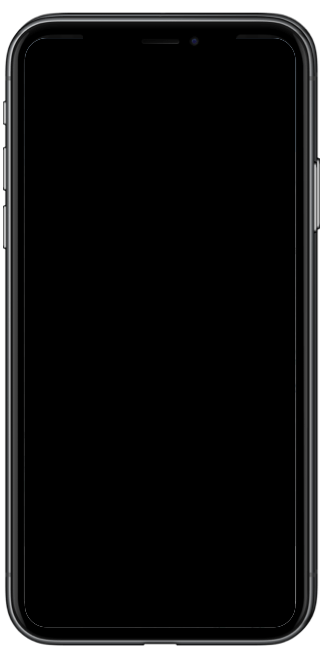Raising the Bar on Safety
Written byDuring my first year at Uber, we’ve put safety at the heart of everything we do.
We’ve strengthened our background checks and introduced new screening technology and policies to help make the Uber community safer. We’ve taken steps to reduce the risk of drowsy driving. And we’re working to deter misconduct by making Uber a place where the lights are always on, adding new safety features like an in-app emergency button and Trusted Contacts so there are multiple sets of eyes on each ride.
I’m proud of this progress, but we aren’t stopping there. Today, we’re raising the bar on safety by unveiling new features that will help protect all our customers and the information they entrust to us.
Ride Check
Since the very first Uber ride in 2010, GPS data has been used to put every trip on the map, so we know where and when you’re riding and who’s behind the wheel. But we can do more: by harnessing the power of GPS and other sensors in the driver’s smartphone, our technology can detect possible crashes.
Enter Ride Check: a new feature to help make sure you are OK in the event of a possible crash, and give you tools to get help quickly. When a Ride Check is initiated, riders and drivers will be prompted to use our Safety Toolkit, which includes the option for 911 assistance. Our safety team can also followup by phone to make sure everyone is safe.


This technology can also flag trip irregularities beyond crashes that might, in some rare cases, indicate an increased safety risk. For example, if there is a long, unexpected stop during a trip, both the rider and the driver will receive a Ride Check notification to ask if everything is OK. They can let us know through the app that all is well, or take other actions like using the emergency button or reporting the issue to Uber’s critical safety line. We expect to expand this technology to additional scenarios in the future.
Driver Safety
Hands-Free Pickups
A key part of staying safe is a seamless pickup. That’s why we’re excited to announce that we’ll soon start testing voice-activated commands. This feature offers drivers and delivery partners a hands-free way to interact with the Uber app, so they can accept trips and communicate with customers using just their voice.
Driver Emergency Button
 Last April, we launched a Safety Toolkit and in-app emergency button for riders, which are now available across the US, Canada, and India, as well as countries throughout Latin America. Today, we’re bringing these features to all drivers across the US and Canada in the new Driver app.
Last April, we launched a Safety Toolkit and in-app emergency button for riders, which are now available across the US, Canada, and India, as well as countries throughout Latin America. Today, we’re bringing these features to all drivers across the US and Canada in the new Driver app.
With this Safety Toolkit, drivers can quickly access a menu of safety features, such as Share Trip, from the home screen. They can connect directly to 911 through the app, and see their real-time location—both on a map and as an address—so they can verbally share it with the 911 operator.
In addition, we’re expanding our 911 integration pilot to more cities, including Boston, San Diego, and Washington, DC. When a driver (or rider) uses the emergency button in these cities, key details like location, license plate, and the make and model of the car will be automatically sent to the 911 dispatcher. We also plan to expand this feature internationally starting with Mexico.
Insurance Hub
The new Driver app also features a dedicated place for insurance information. With our new driver Insurance Hub, they can easily access documents, such as their proof of insurance, and learn more about their coverage.
Digital Safety
Address Anonymization
We’re not just focused on safety in the physical world; protecting your privacy and the security of your data is also important.
That’s why we’ve worked to ensure riders and drivers can communicate through the Uber app without sharing their real phone numbers. Riders can also request trips using cross-streets instead of an exact street address. Today, we’re further protecting riders’ information by concealing specific pickup and dropoff addresses in the driver’s trip history. Going forward, after the trip ends, the Driver app will only show the general area where a trip started and ended, not the address.
Two-Step Verification

We want to give people more control over their account security. In the past, we’d text you a code to verify your account if we detected a suspicious login attempt or new device. While we will continue to provide that protection to all users by default, we’re enhancing our two-step verification process to give riders the option to use this feature every time they log into their account. They can now choose to use text messages or third-party authentication apps like Google Authenticator, Authy, or Duo by visiting their account settings and selecting their preferred method. Business customers using the Duo authentication service can also take advantage of hardware tokens for their employees.
***
You can expect to see these features in your app over the coming months, and there’s more to come. That’s because when it comes to safety, our work is never done. Uber has a responsibility to help keep people safe, and it’s one we take seriously. We want you to have peace of mind every time you use Uber, and hope these features make it clear that we’ve got your back.